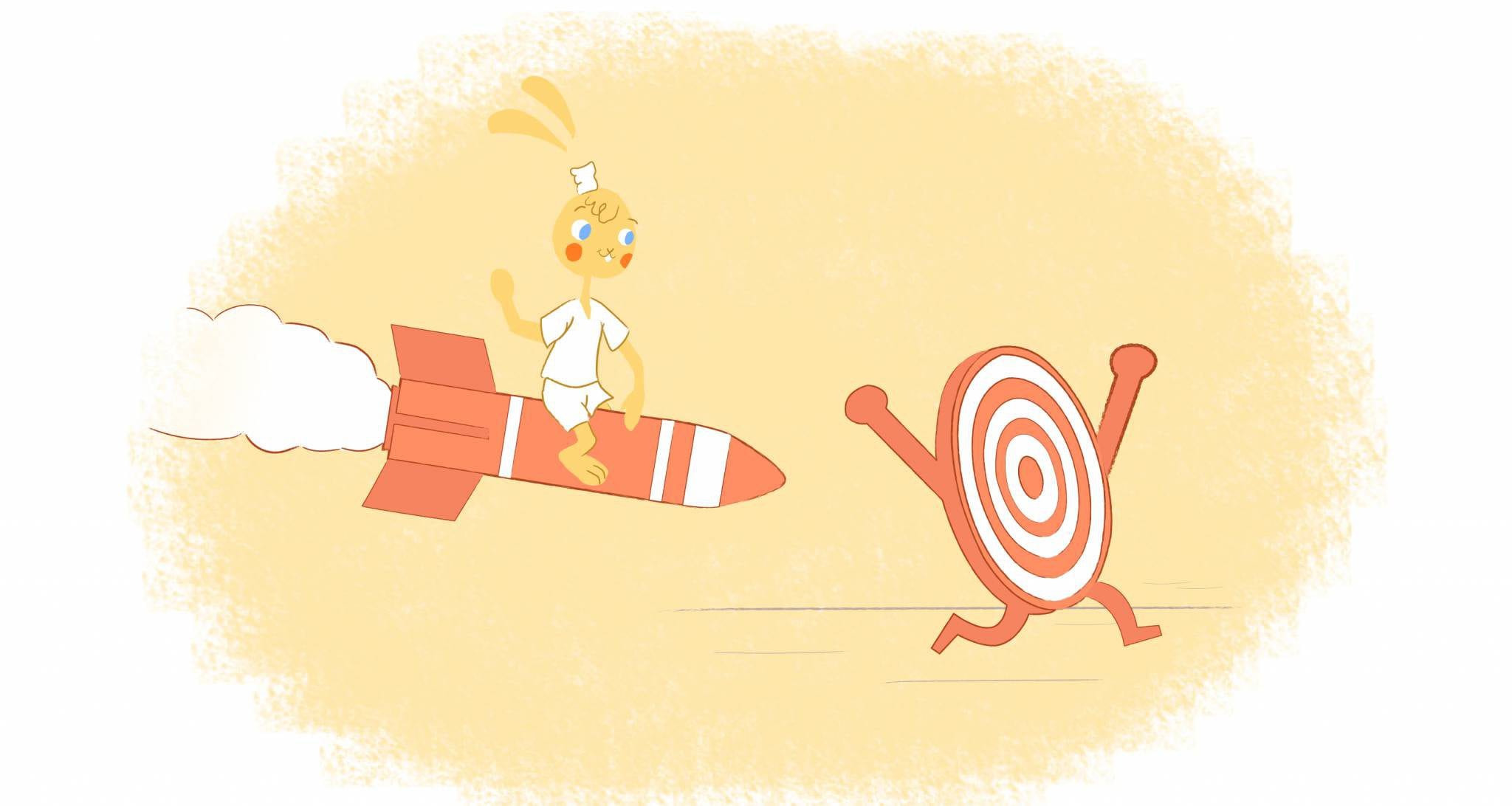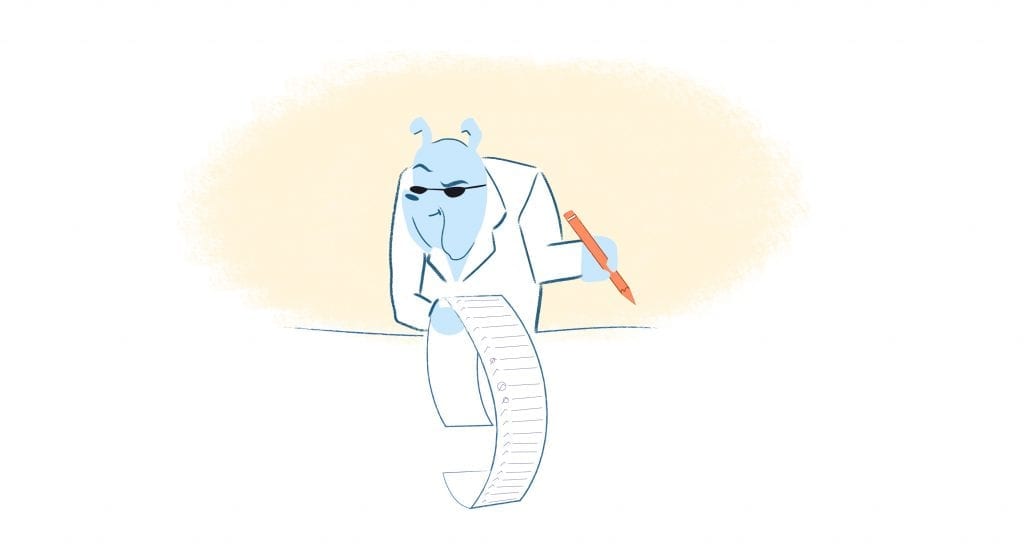

It’s happened to the best of us. We have our day all planned out. But, just as you’re getting ready to dive-in, a fire breaks out.
Sometimes these are small but inconvenient fires that can be easily extinguished. However, there are also massive fires that can burn hours in your day, week, or even month. If not addressed, they’re going to absolutely decimate your productivity.
But, how can you stop putting out fires every day? Well, take some cues from those who put their lives in danger of battling fires. Here are 7 ways firefighters put out fires.
1. Don’t squander the early morning hours.
When it comes to wildfires, Bill Gabbert, who worked wildland fire for 33 years, suggests that firefighters battle them in the morning. “Experienced firefighters know that large fires are typically most active in the mid-afternoon,” he writes. The reason?
“Solar heating has reached its peak. The ground, vegetation, and air are as hot as they will be all day.” And, it’s common “for firefighters to have to pull back and abandon what they were doing in the afternoon and retreat to a safety zone because the fire threatens to overrun their position.”
“Firelines painstakingly constructed can be lost,” he adds. It’s also “the hottest part of the day, sapping the energy of personnel and reducing their production while putting them at risk of heat-related injuries.”
“All of those factors can result in firefighters being least productive in the mid-afternoon,” Gabbert writes. However, there are times when “firefighters do not arrive at their work assignment on the fireline until mid to late morning. They may have squandered the time of day when the working conditions and the fire behavior were best suited for productive, safe work.”
While not as dangerous as firefighting, a lot of us also squander our mornings. We constantly hit snooze until we have to get out of bed. As a result, we rush to get to work.
A better idea would be to get up earlier and start the day on the right foot. That doesn’t mean you have to wake up at 4 am. It just means giving yourself some extra time to review your goals, priorities, and schedule so that you know what to focus on and address any possible conflicts.
2. Preparation is key.
Another advantage of giving yourself more time in the morning is that you can get to work earlier. In fact, it’s recommended that firefighters should be at their shift at least 30-minutes early.
“Preparation for that big fire begins when you walk through the door,” explains Eric Guida for FireRescue1. “Arriving early allows you to familiarize yourself with the apparatus you are assigned to before that 8:05 a.m. fire call.”
“It will also endear you to the off-going crew by grabbing that end-of-shift call,” he adds. “Start off on the right foot – arrive early. If you are on time, you’re late. If you’re early, you’re on time.”
Moreover, this lets firefighters check their equipment, such as PPE and SCBA, and every nozzle. “Check the rest of the equipment on the engine or truck to make sure it is where you left it the day before,” says Guida.
“If you are there for the first time, check to see where everything is,” he advises. “Knowledge of what is in those cabinets means you have one less thing to worry about when the big one hits.”
For you, you could prepare by planning your ideal week in advance or reviewing your to-do-list every evening. If you have a Zoom call, test everything out so that it starts on time is flawless. And, always put things back where they belong so that you know where they are when needed.
3. Implement a triage system.
“In addition to typical firefighter challenges, firefighters face unique problems, including the evacuation of civilians and animals; hazardous conditions, such as propane tanks, power lines, and hazardous materials; and protecting high-value assets at risk, including homes and businesses,” explains Chief Mike Bryant. “Because of these situations, firefighters must rapidly assess a structure to determine whether or not it can be safely and successfully defended.” For firefighters, this “evaluation process is called structure triage.”
“Structure Triage is the process of inspecting and classifying structures according to their dependability or non-defendability, based on fire behavior, location, construction, and adjacent fuels,” clarifies Chief Bryant.
Chief Bryant goes on to describe a tool developed by CAL FIRE WUI Working Group called S-FACT. It stands for survival, fire environment, access, construction/clearance, time constraints, and stay or go. In short, structure triage helps them identify where their priorities should be.
You probably can’t use the precise model; you also need to know which fire to put out first. Personally, I use a priority box like the famous Eisenhower Matrix where you place all of your to-do-lists items into one of the following quadrants:
- Urgent and important. Tasks that you will do immediately.
- Important, but not urgent. Tasks that you’ll schedule for later.
- Urgent, but not important. Anything that can be delegated to someone else.
- Neither urgent nor important. These should be eliminated from your list and schedule.
What happens when there’s a last-minute emergency? Utilize the 2-minute rule. It resembles more of a triage system in that it takes under 2-minutes to complete; you should just do it. If it’s something that could be done by someone else, delegate it to them.
For important, time-consuming actions, schedule it for later. And, if it’s unimportant, drop it.
4. Pass the nozzle.
A “senior man” is a firefighter who leads by example — regardless of their rank or pay. “The Senior Man is someone who not only trains but passes on experience learned in the past and applied to how things are done today using a new technology to their advantage,” writes Chief Patrick Kelly & Battalion Chief Tom Gaeta. “He/she holds that ‘slide tray’ of information in his/her head and is willing to share whenever the situation allows.”
“The Senior Man may pass the nozzle to the probie or talk you through a chimney fire because you’ve never done it,” they add. In other words, they’re a mentor who can prepare officers to become excellent firefighters.
Even if you aren’t in a leadership position, you also need to have some sort of succession plan. That means properly training others and giving them the resources to succeed. And also clearly communicating your expectations.
Most importantly, take the time to show them the ropes, like letting them shadow you and pick your brain during lunch. Since you took them under your wing, you’re confident that they can put any fire out without you. As an added perk, having your trust will strengthen your relationship with them.
5. Surround yourself with good company.
Of course, no matter how much you mentor others, they still need to possess similar traits as those of firefighters. According to firefighters around the country, these include:
- Integrity
- Physical fitness
- Communication
- Flexibility and adaptability
- Dedication
- Team player
- Mechanical aptitude
- Public image-conscious
- Tolerance
- Self-sacrifice
I don’t know about you. But, these are the type of people I would want in my support system. Having competent and talented people that I trust means that fires will never sabotage my most important work.
Why? Because I trust them and have all the faith in the world that they have my back. Of course, this goes all the way back to hiring the right team members from the get-go — whether if they’re full-time or freelancers.
In a previous Calendar article, Choncé Maddox suggests that this can be accomplished by:
- Hiring on both potential and experience.
- Hiring from diverse backgrounds.
- Considering references and previous work samples.
- Scheduling trial work.
- Not rushing the hiring process and taking your time.
- Offering fair pay.
6. Create a firewall.
I’m not talking about securing your devices — which you still should totally do. Rather, this firewall is the “fire-resistant barrier used to prevent the spread of fire for a prescribed period of time.”
Let’s say that throughout the day, you’re constantly interrupted by people stopping by your workspace — or blowing up your phone. If this becomes unbearable, then you need to install buffers. It could be as simple as placing a “Do Not Disturb” sign or your closed door to hiring a virtual assistant to handle calls and emails.
Another benefit of a virtual assistant is that they’re essentially your calendar’s gatekeeper. That means they will plan your schedule and share your availability with others. And, if something unexpected does pop-up, they can determine the level of urgency for you.
7. Preempt fires in the first place.
Don’t just sit back and wait for a fire to become unmanageable. Take steps to avoid them in the first place. Examples include electrical grounding during construction, not burning fires when it’s dry and windy, and investing in a fireproof safe to protect important documents.
As for you, you could back-up vital documents on the cloud. You could also learn from past mistakes, asking for feedback, and considering hypotheticals. Data analysis could also be used in identifying and anticipating problems in processes or workflows.
However, despite your best efforts, the unexpected is always lurking around the corner. As such, I’ve found that the best way to tackle this is by leaving some blank spots in your calendar.
How you do this is up to you. For some, they may tack-on additional time to a task. For instance, if something takes them an hour, they’ll block out an hour and a half. The idea is that they have 30-minutes to spare just in case. But, that may backfire thanks to Parkinson’s Law.
Personally, I leave blank spots in my calendar. For example, I might not schleedule anything from 1 pm to 2 pm. That block can be used to attend to fires or shuffle my schedule around to be more flexible.











John Rampton
John’s goal in life is to make people’s lives much more productive. Upping productivity allows us to spend more time doing the things we enjoy most. John was recently recognized by Entrepreneur Magazine as being one of the top marketers in the World. John is co-founder and CEO of Calendar.